Contact Us
Contact Us
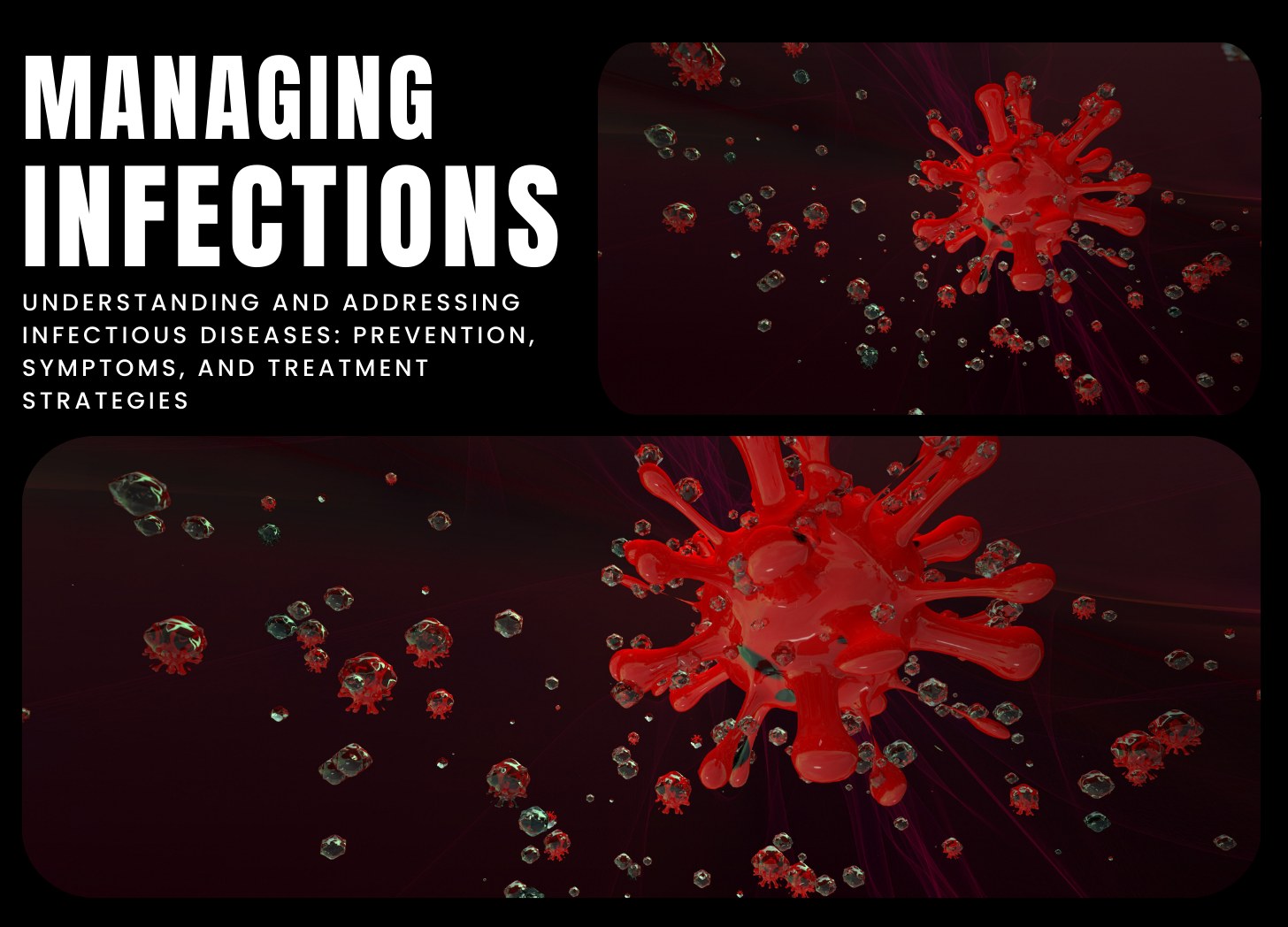
06 Jun 2024
Infections encompass a broad spectrum of illnesses caused by microorganisms such as bacteria, viruses, fungi, and parasites. These pathogens can infiltrate the body through various pathways, including the respiratory tract, gastrointestinal tract, skin, or mucous membranes, eliciting an immune response and resulting in illness. Infections can range from mild and self-limiting to severe and life-threatening, depending on factors such as the pathogen involved, the individual's immune status, and any underlying health conditions. Symptoms of Infections The symptoms of infections vary depending on the pathogen and the affected body system. Common…
READ MORE
05 Jun 2024
Falls pose a significant public health concern, particularly among older individuals, often resulting in severe injuries, reduced mobility, and a diminished quality of life. Various factors contribute to falls, including environmental hazards, medical conditions, medication side effects, and changes in physical function. However, many falls can be prevented through proactive measures and targeted interventions aimed at reducing risk factors and enhancing safety. Assessing Fall Risk A crucial step in fall prevention is conducting a comprehensive assessment of an individual's risk factors for falling. This assessment may involve evaluating balance and…
READ MORE
04 Jun 2024
The COVID-19 pandemic, caused by the novel coronavirus SARS-CoV-2, has had a profound global impact, affecting millions of people and economies. This respiratory virus spreads primarily through respiratory droplets produced when an infected person coughs, sneezes, or speaks, making it highly contagious. COVID-19 symptoms can vary significantly, ranging from mild respiratory issues to severe illness and death. Typical symptoms include: Fever Cough Shortness of breath Fatigue Muscle or body aches Loss of taste or smell Sore throat Congestion Nausea Diarrhea Some individuals may remain asymptomatic carriers, inadvertently transmitting the virus…
READ MORE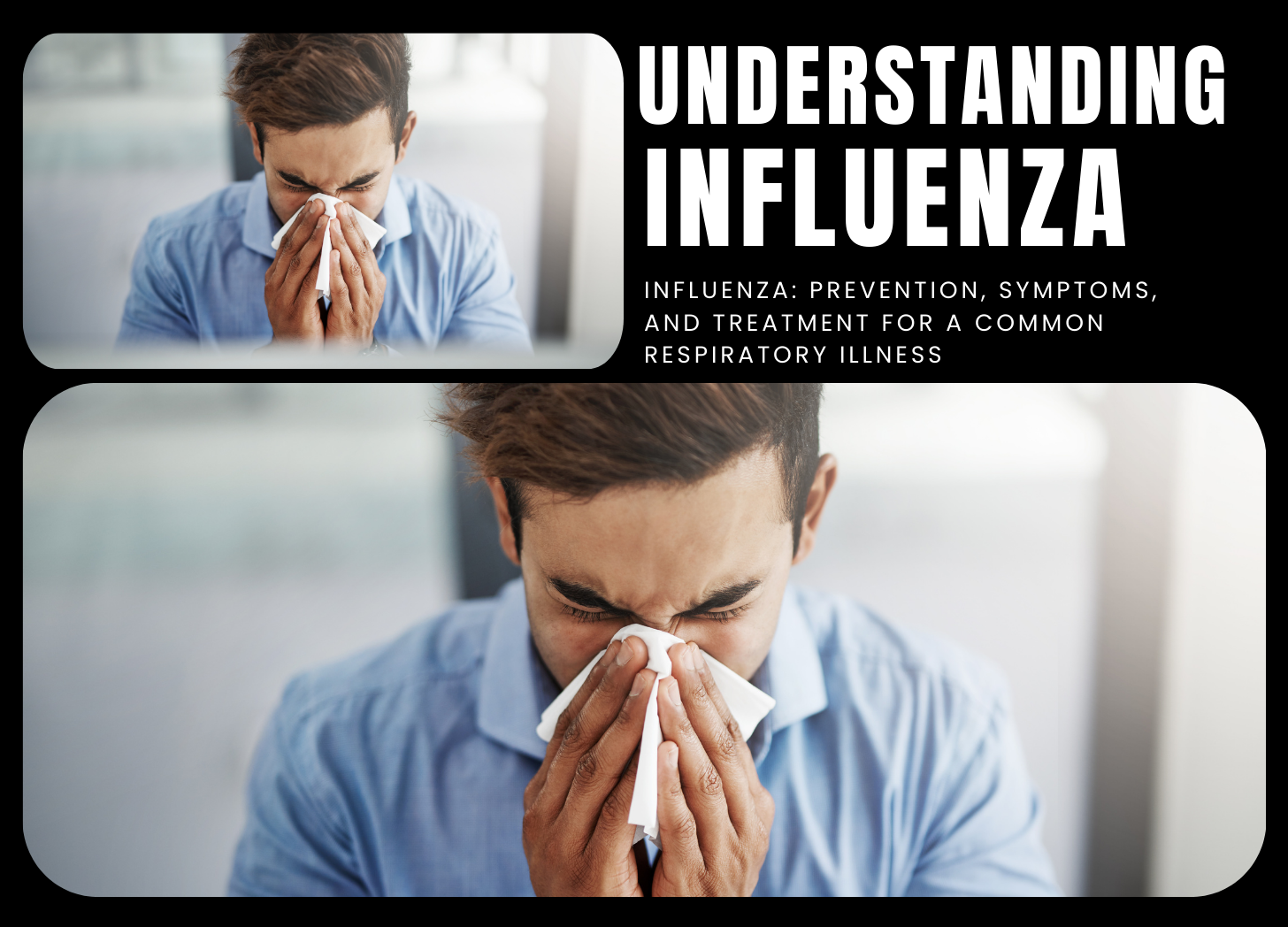
03 Jun 2024
Influenza, commonly referred to as "the flu," is a highly contagious respiratory infection caused by influenza viruses. It impacts millions of individuals worldwide each year, leading to significant illness and, in some cases, death. The influenza viruses are classified into three types: A, B, and C, with types A and B being responsible for seasonal flu outbreaks. Influenza C viruses generally cause milder respiratory symptoms. Symptoms of Influenza The severity of influenza symptoms can vary, including: Fever or chills Cough Sore throat Runny or stuffy nose Muscle or body aches…
READ MORE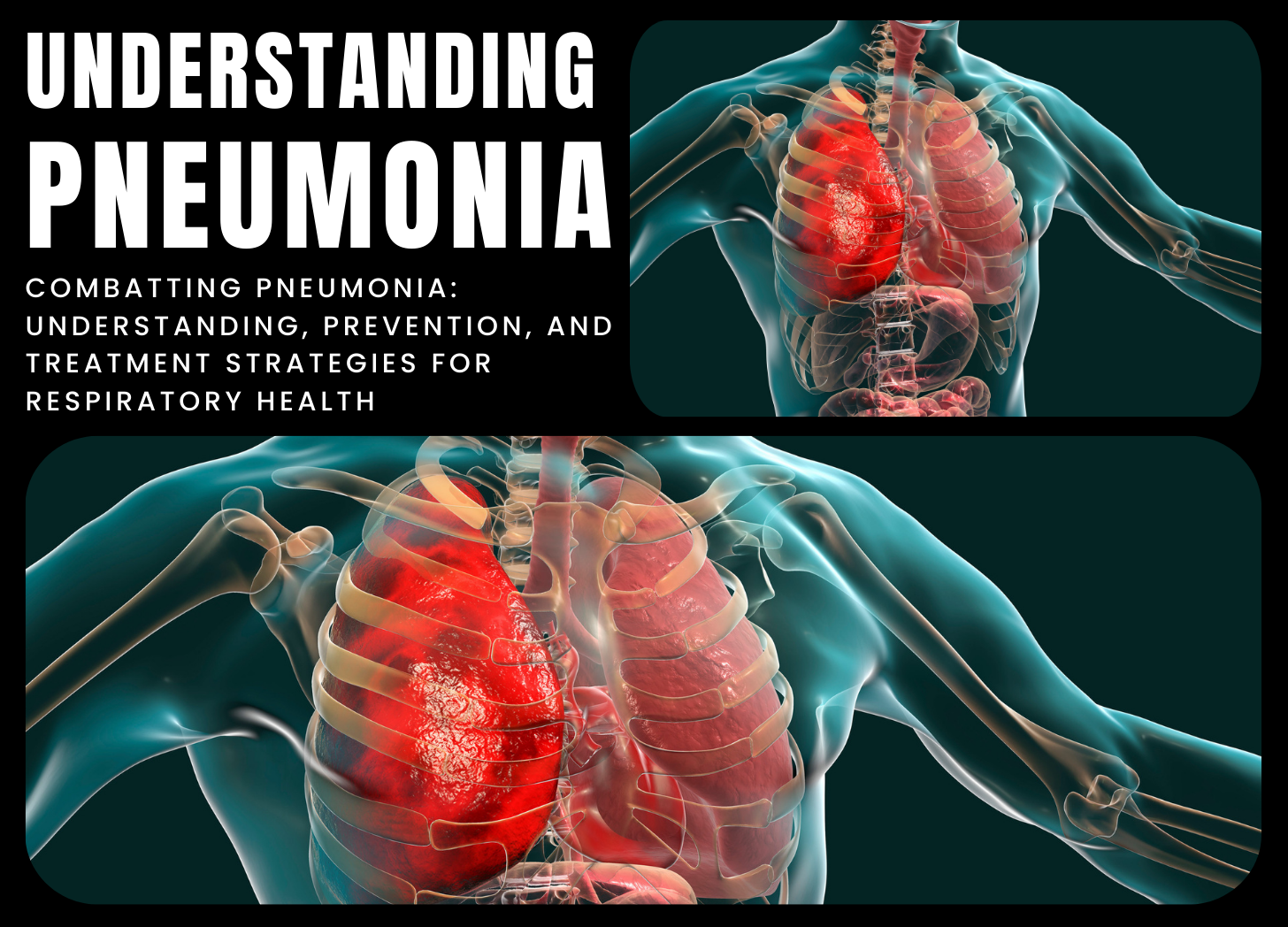
24 May 2024
Pneumonia is a common, sometimes fatal respiratory infection that affects people of all ages around the world. This inflammatory disorder primarily affects the lungs, causing the air sacs (alveoli) to swell with pus or fluid, reducing the lung's ability to oxygenate blood adequately. Bacteria, viruses, fungi, and, less commonly, parasites are all pathogens that can cause pneumonia. Streptococcus pneumoniae is the most prevalent bacterial cause of pneumonia, followed by respiratory viruses including influenza and respiratory syncytial virus (RSV). Pneumonia symptoms can range from moderate to severe, including cough, fever, chills,…
READ MORE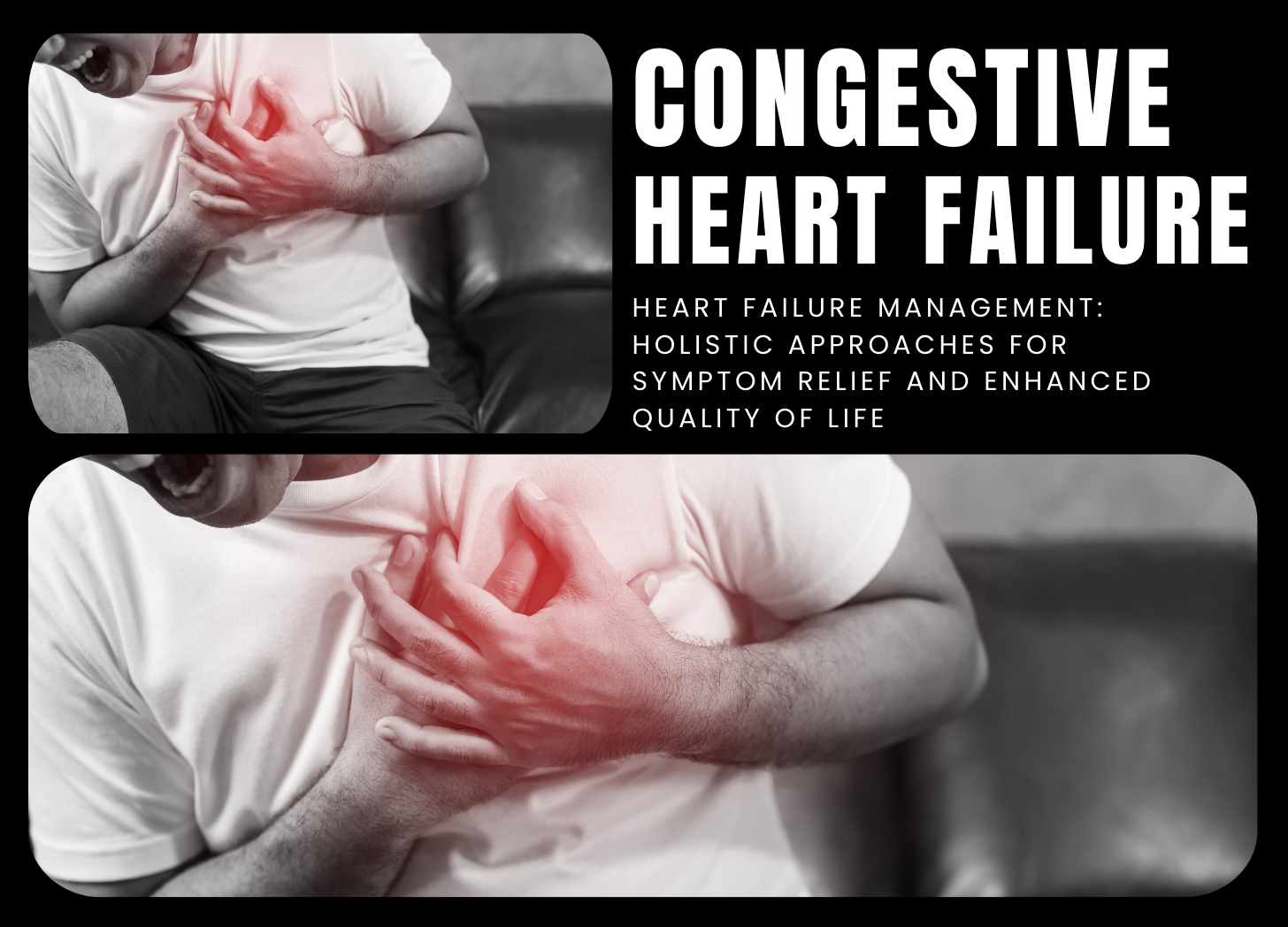
23 May 2024
Congestive Heart Failure (CHF) emerges as a common and deadly cardiovascular disorder that affects millions of people worldwide and places a considerable strain on healthcare systems. CHF is the inability of the heart to efficiently pump blood, resulting in fluid buildup (congestion) in various regions of the body. Shortness of breath, weariness, swelling in the legs and abdomen, and chronic coughing are all common symptoms of CHF, which can worsen with physical exercise or lying flat. CHF can be caused by a variety of underlying heart problems, including coronary artery…
READ MORE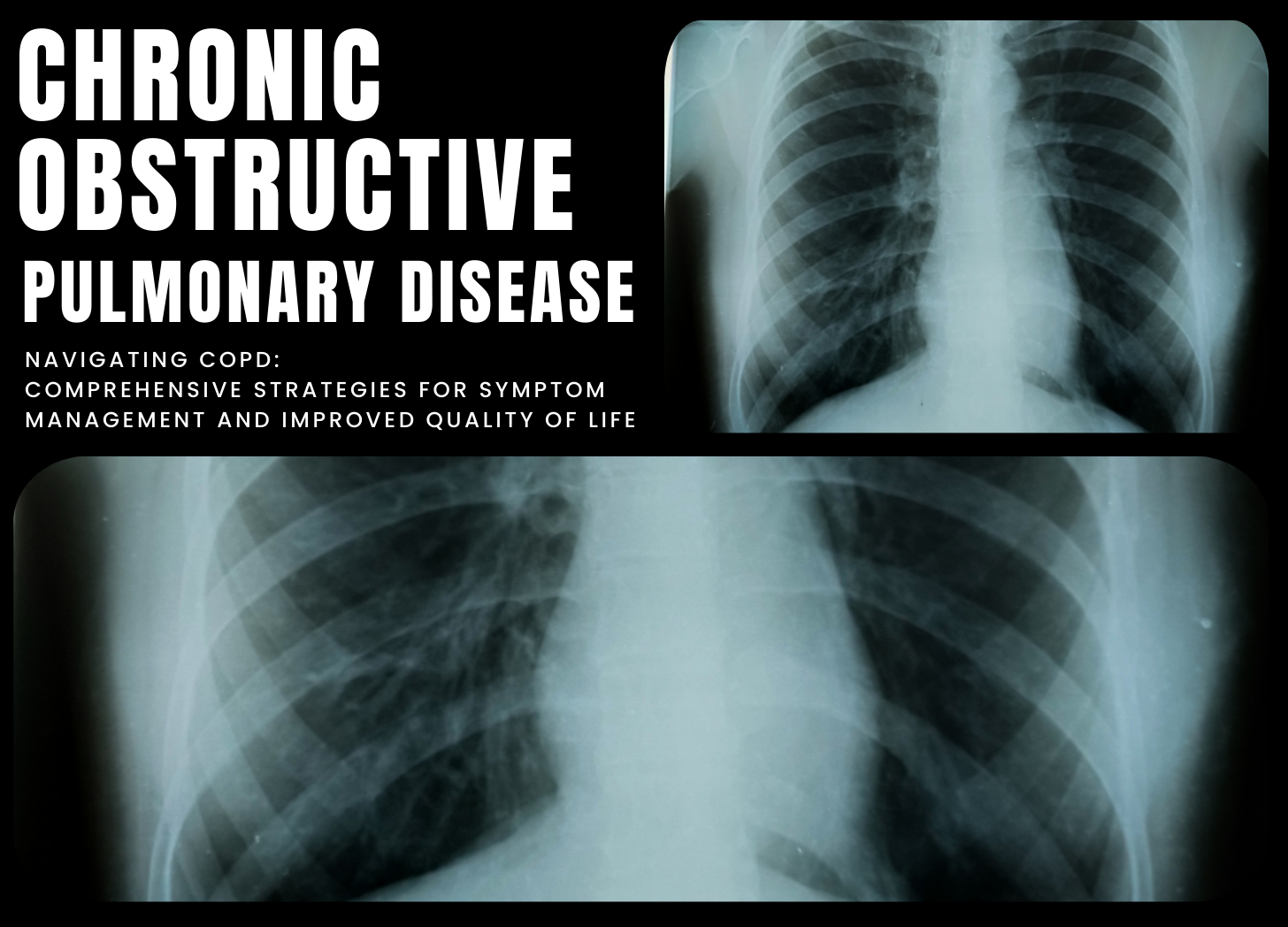
22 May 2024
Chronic Obstructive Pulmonary Disease (COPD) is a common and debilitating respiratory condition that affects millions throughout the world. This disease refers to a collection of progressive lung diseases, notably chronic bronchitis and emphysema, which are distinguished by restricted airflow from the lungs, resulting in breathing difficulties. Common COPD symptoms include a chronic cough, shortness of breath, wheezing, and chest tightness, which worsen over time and have a substantial influence on the individual's quality of life. While cigarette smoking is still the largest cause of COPD, long-term exposure to other lung…
READ MORE
21 May 2024
Millions of people worldwide suffer with incontinence, or the inability to regulate bladder or bowel movements, which has a substantial impact on their quality of life. While incontinence can occur at any age, it is more common in older adults and women, particularly those who have given birth. The illness can range from a minor leak of urine while coughing or sneezing to full inability to control urinary or fecal output. Understanding the many types, causes, and treatment options for incontinence is critical for successful management and improving the lives…
READ MORE
20 May 2024
Urinary Tract illnesses (UTIs) are one of the most frequent bacterial illnesses, impacting millions of individuals worldwide each year. They mostly occur when germs, usually Escherichia coli (E. coli), enter the urinary tract via the urethra and multiply in the bladder. While UTIs can affect anybody, women are more likely to have them because their urethra is shorter, allowing bacteria to enter the bladder more quickly. UTI risk factors include sexual activity, certain kinds of birth control, menopause, and a weakened immune system. UTI symptoms vary according to the intensity…
READ MORE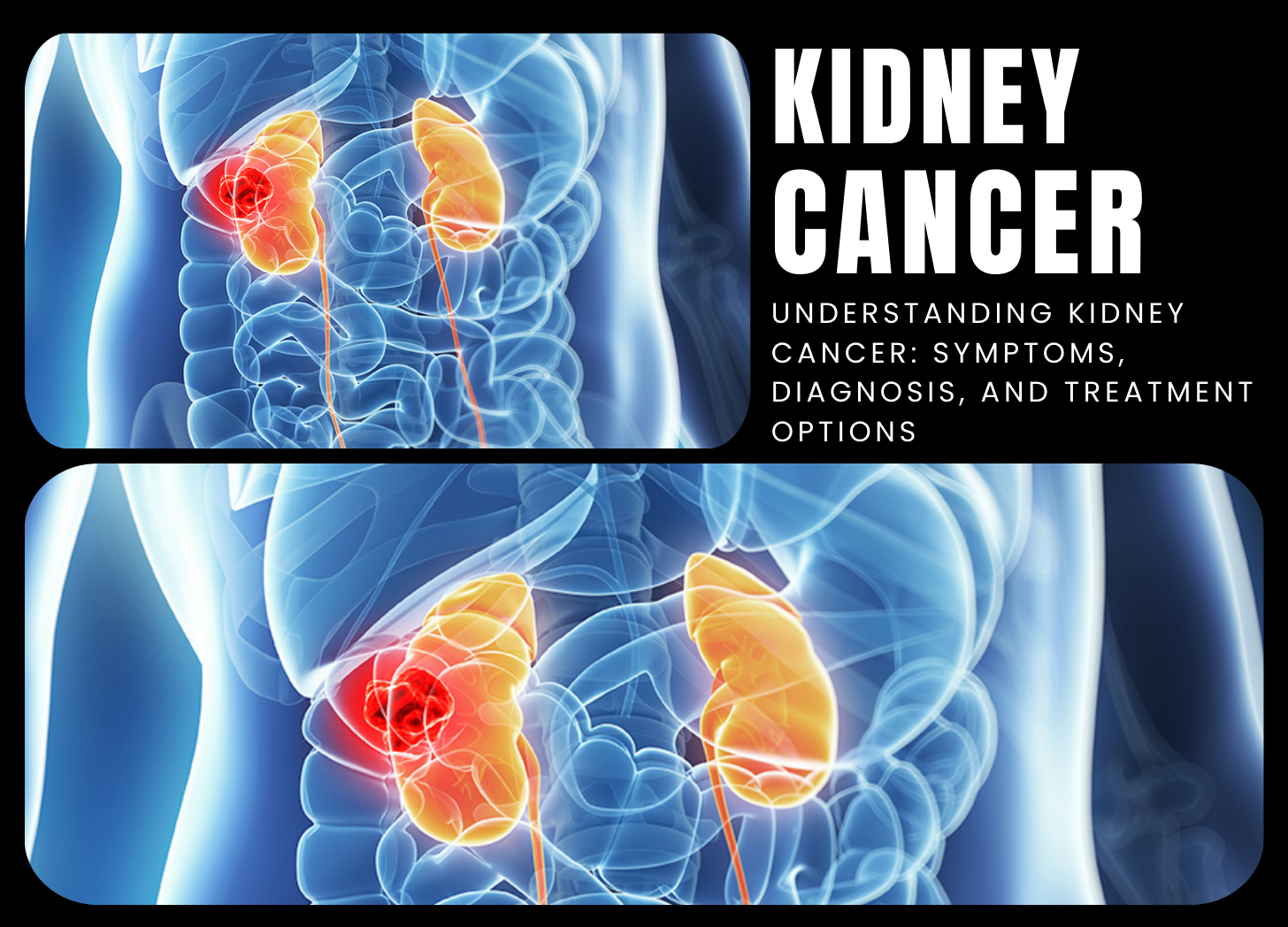
08 May 2024
Kidney cancer, also known as renal cell carcinoma (RCC), is a kind of cancer that develops in the kidneys, the bean-shaped organs that filter waste from the blood and produce urine. Kidney cancer can develop in one or both kidneys and is divided into numerous categories based on the specific cells involved and the tumor's features. Renal cell carcinoma is the most prevalent type of kidney cancer, accounting for around 90% of all occurrences; less frequent varieties include transitional cell carcinoma and Wilms tumor, which primarily affects youngsters. The actual…
READ MORE